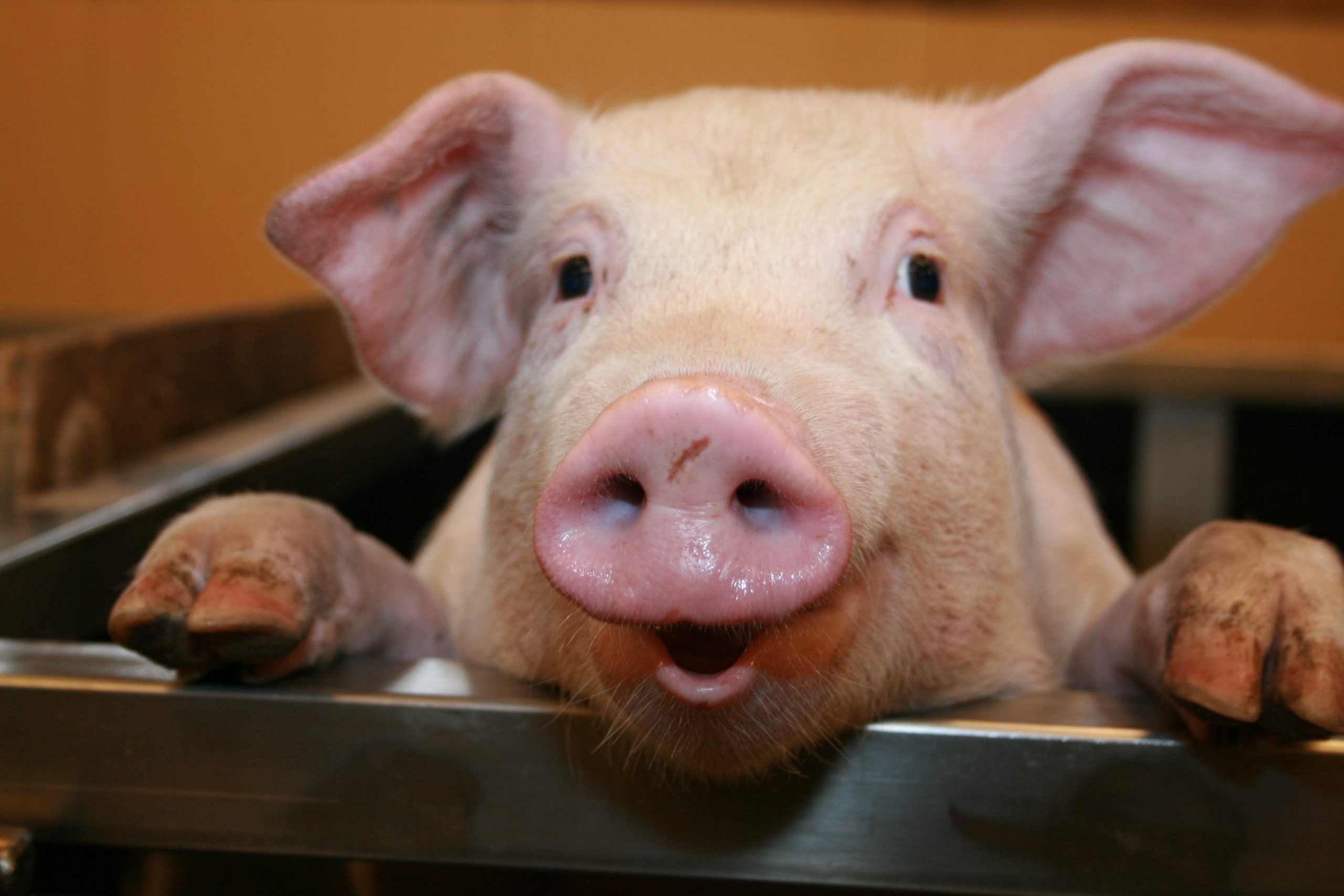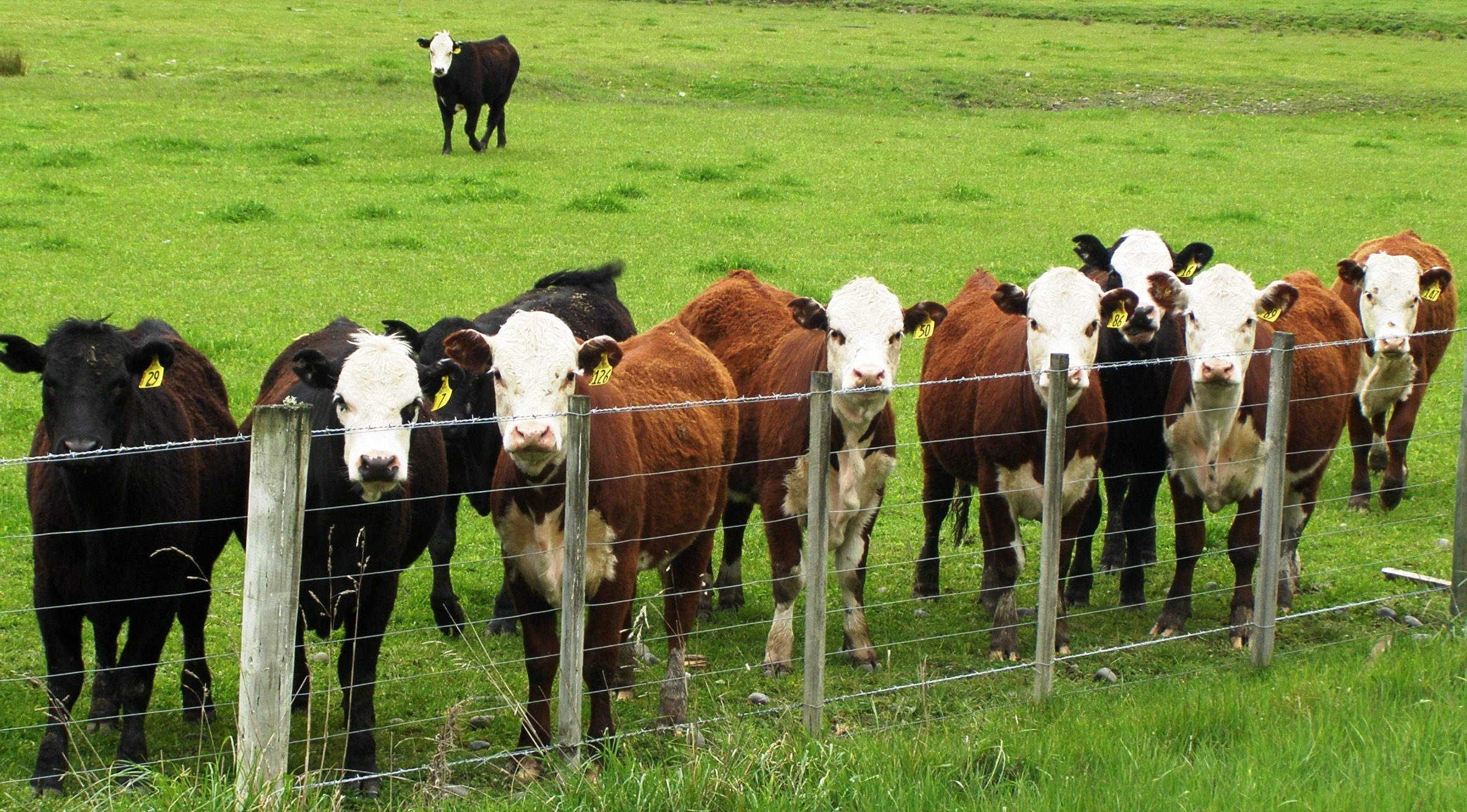Lean hog futures are down about 30% from this time last year, falling to $.57 per pound in the December contract on July 13th. The recent rally has bumped prices nearly 13% off the July lows. Based on technical, seasonal and fundamental resistance, we expect this rally to fail and hog prices to decline through the end of October and possibly through year's end.
Technically speaking, the December hog futures chart looks a bit different than the continuous hog futures chart posted below. The technical resistance level on the included chart shows up at nearly $.70 per/lb. however, the December futures' chart places this resistance nearer to $.645 per/lb. We use continuous charts for the overall picture and the continuity of indicator calculations provides the basis for our Cot Signals. Actual contracts can create, "roll gaps." These are large pricing differences from one contract to the next and are quite prevalent in the grain and meat markets. Therefore, our analysis will transpose the figures from the included chart appropriately. The major point is, barring the February - December of 2014 rally which was aided by declining supply due to swine flu, the lean hog futures are at the upper end of their value range and face stiff technical resistance above $.645 per/lb in the December contract.
Seasonally, the hog futures have three dominant annual cycles. This begins with the mid-March - mid-May rally ahead of Memorial Day cookouts, the August - September mini rally ahead of Labor Day and finally, weakness comes into play from October through December. Given the market's recent rally, we expect the seasonal weakness to help turn the market lower from the overhead technical resistance.

We track the commercial traders' net position, based on the weekly CFTC Commitment of Traders report as a proxy for fundamental analysis. It has been proven over and over again that no one knows the markets better than the people whose financial livelihood depends on it. Commercial hog farmers know when it's time to sell their forward hog production just as the packing plants know when it's time to load up on future inputs. While the total net commercial trader position appears rather benign, notice that they've been sellers in six out of the last seven weeks. Furthermore, notice that as recently as 9 months ago their net position was short more than 54,000 contracts compared to their current net long position of nearly 10,000 contracts. This suggests that their selling pressure could continue for some time.
Putting this altogether places us on the sell side of the December lean hog futures' recent rally. It looks like a close below $.635 would pull the trigger on our short-term momentum indicator and get us short the market. Once the market turns, we'll be placing a protective buy stop at whatever the current swing high turns out to be. Finally, follow this commodity market lower just like the rest of them and exit with some holiday cheer near the end of the year.







